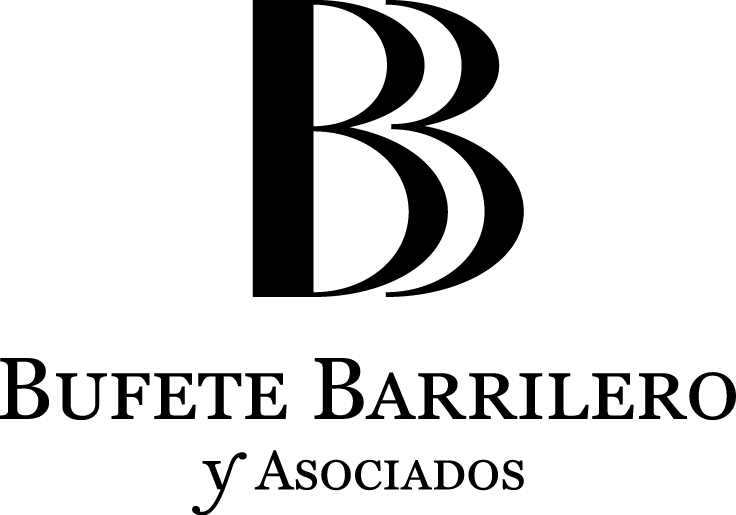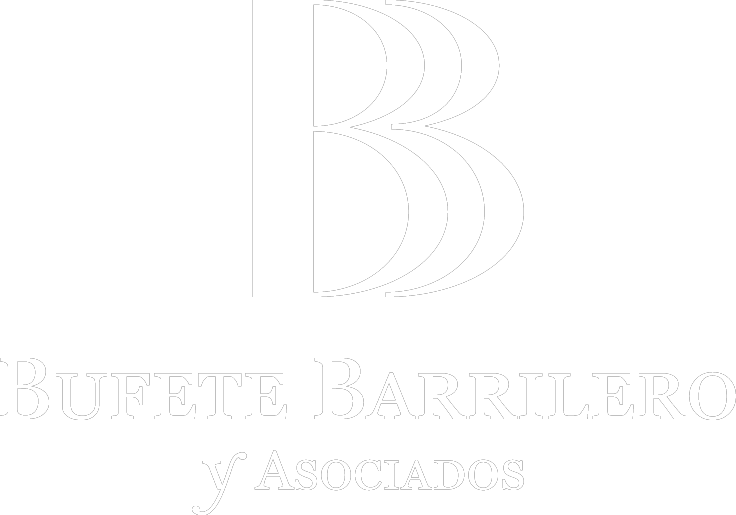ADMINISTRATIVE LAW
Marcos María Lozano
Introduction
More and more companies recognize that an effective advertising strategy on social media and in mass media can yield significant benefits. In regulated sectors, such campaigns carry even greater importance, as the media and messages used in advertisements are strictly subject to authorizations and limitations to protect the general interests of consumers.
The healthcare sector provides a clear example, as advertising for treatments, medications, and medical products is subject to strict requirements and, in some cases, outright prohibitions to ensure that economic objectives do not overshadow their primary goal: protecting and promoting public health.
Misleading Advertising in the Healthcare Space
In recent years, an increasing number of companies outside the healthcare sector have adopted terminology specific to this field to promote their products and increase market share. This phenomenon has become widespread and widely accepted. Examples include fabric masks or pain-relief creams, which, while not manufactured for medical purposes, are advertised as if they possess such properties. This practice could pose risks to consumer health.
In response to this trend, professional associations and healthcare control departments in various regions have begun taking action to address and sanction such practices. These measures range from demands to cease misleading advertisements to imposing fines for their dissemination.
Definition of a Medical Product
Given the growing activity of regulatory bodies, it is essential for companies to understand that a medical product is defined as one intended for specific medical purposes, such as the diagnosis, treatment, relief, or prevention of diseases and/or physical conditions.
Although many companies implicated in such advertising practices do not sell medical products in the strictest sense or intend to do so, the use of terms like “therapeutic,” “cure,” or “relief” in their marketing can confuse regulatory bodies. This confusion can lead to official demands for compliance, as well as potential sanctions if the company cannot provide adequate proof to support its claims.
Risks of Misleading Advertising
While these terms are widely used in media campaigns, advertising non-medical products as though they were medical can create misunderstandings. It may lead to the impression that a company is selling medical products without the proper licenses or authorizations. In such cases, companies risk facing severe penalties unless they can demonstrate otherwise.
To illustrate, advertising a fabric mask as a “medical-grade product” or a cream as having “therapeutic effects” can imply compliance with medical product standards. However, without the necessary regulatory approvals, such claims could lead to regulatory scrutiny and enforcement actions.
How Companies Can Protect Themselves
In light of increasing oversight by regulatory bodies, companies must ensure their advertising strategies comply with healthcare regulations. This will help them avoid penalties and misunderstandings. Adhering to these rules is not only crucial for mitigating risks but also for running effective and transparent campaigns that generate benefits without engaging in irregular practices that could backfire.
For businesses, understanding and applying these advertising regulations are critical to achieving success in a legally sound and ethical manner.


